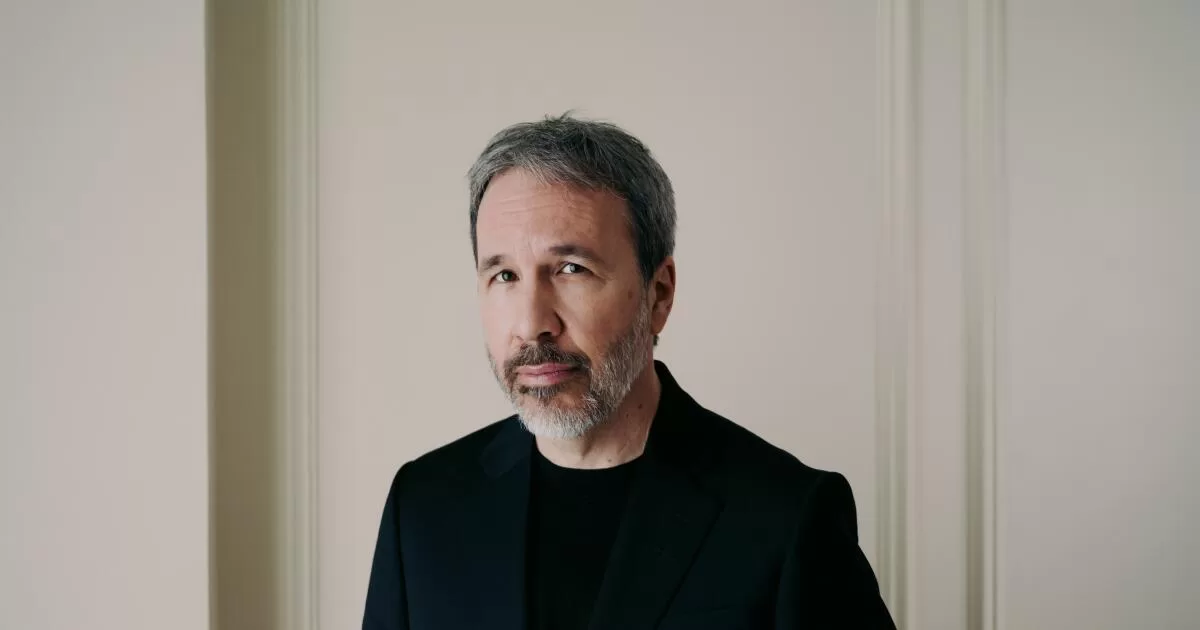Villeneuve read Frank Herbert’s 1965 novel “Dune” for the first time when he was around 13, he said on an episode of NPR’s “Fresh Air” late last November. Shortly after he was done, he and childhood best friend Nicolas Kadima began storyboarding an imagined movie adaptation.
“Nicolas was very strong at drawing, and me, I was very bad, but I was good at telling stories,” Villeneuve said. “Our friendship was born from that dream of, that one day, we could be filmmakers.”
A couple of decades later, Villeneuve made his feature debut with “August 32nd on Earth,” which premiered at Cannes in 1998 but never received a U.S. theatrical release. His second film, “Maelström,” gave him more international recognition, and by the time he was tapped to direct “Dune” in 2016, he was a critically acclaimed director with a penchant for sci-fi plots and shooting in the open desert.
Having been sorely disappointed by David Lynch’s “Dune” adaptation as a young fan, Villeneuve always expected someone to create a film worthy of being linked to its source material, he told NPR. He never imagined it would be him.
“I’m still pinching myself,” he said.
“Dune: Part One” premiered in October 2021, grossing $41 million in its opening weekend. Less than a week after its release, Legendary Pictures announced a sequel that would finish the story.
“Dune: Part Two,” originally slated for release on Oct. 20, 2023, was delayed and moved forward several times due to last summer’s Hollywood strikes and changes in release schedules from other studios. After two years of anticipation, fans can finally see the film in theaters this Friday.
While “Dune: Part One” was more of a “meditative” film, taking its time with world-building and exposition, the forthcoming sequel leans further into the “action” genre, Villeneuve told NPR.
“The boy (Paul Atreides) is an old teenager in ‘Part One,’ so he’s a, let’s say, victim of the events. He has no control. He’s just trying to survive,” Villeneuve said. “In ‘Part Two,’ it’s totally the opposite. He became active, he became a guerrilla fighter, and take [sic] control of his own destiny.”
Always regarding the original novel as a biblical text of sorts, Villeneuve has sought in the sequel to stay as faithful to the source material as possible — just as he did in the first film.
“My goal was really to make sure that the hardcore fans will find the atmosphere and poetry of the book intact,” he said in a 2021 interview with The Times.
For the sequel, that meant returning to Jordan’s Wadi Rum desert to film.
“I didn’t want to make any compromises. I wanted to be as real as possible,” Villeneuve said in his NPR interview, adding that the film’s cast and crew braved scorching heat to get the most out of the desert’s natural light.
They even formed a “worm unit” to execute Villeneueve’s favorite scene, in which Atreides rides a gargantuan sandworm that burrows in the dunes of the planet Arrakis, where most of “Dune: Part Two” unfolds.
“This sequence would be shot over the course of many weeks,” Villeneueve said, adding that he struggled to simultaneously direct his main unit and the worm unit.
“That was the most difficult thing for me to do, because cinema is an act of presence,” he said. “I’m used to working with one camera at a time. I’m very old-fashioned in that regard. And [having] to split myself in two was the most difficult thing I’ve ever done.”
